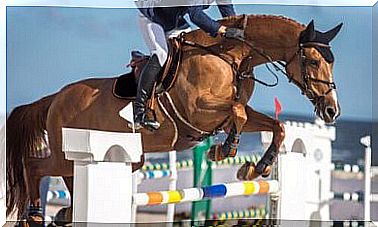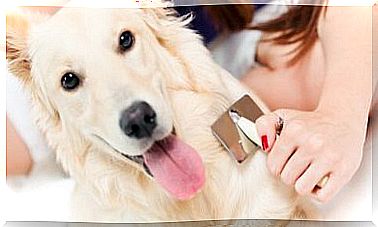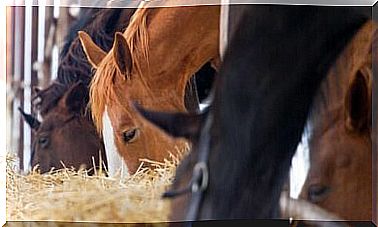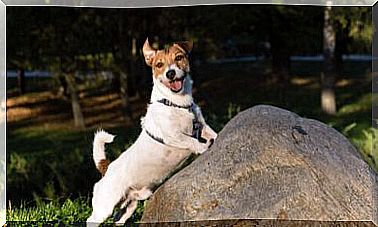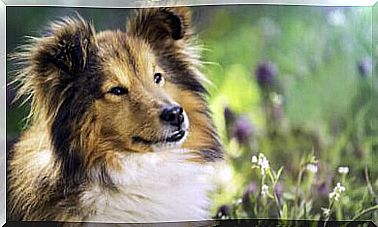Answers To Frequently Asked Questions About Dogs
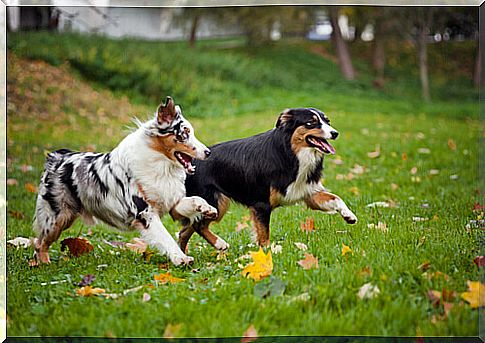
Many people nowadays want to have a dog as a pet. Undoubtedly this decision is a prelude to numerous questions and doubts regarding their maintenance, their care, their training such as what type of nutrition should be provided, what is the best place to let them sleep, what is the frequency and the duration of the walks and what are all those little special attentions that must be paid to him. Remember that it is best to have everything prepared in advance and to know everything there is to know before actually adopting a dog, as keeping a dog requires a lot of effort and a lot of passion. In this article we will answer the most frequently asked questions that arise when thinking about adopting a dog.
What is the best age to adopt a puppy?
The ideal age to adopt a puppy is between 6 and 8 weeks of life, because until then it is important that he stays with his mother and his siblings: this is in fact the first important step for a correct development of socialization.
Can an adult dog be trained?
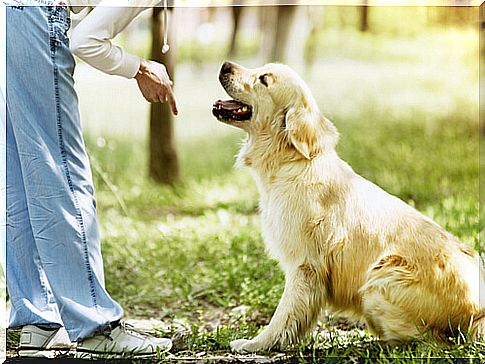
Sometimes already adult animals are adopted without a previous education or with a very minimal education, as the previous owners got tired while trying to correct their unwanted behaviors. Without a doubt, it is never too late to teach a dog good manners. Perseverance and positive responses to change are the key to successful adult dog education.
Both adult and younger dogs must learn to respond to simple commands such as “sit down”, “come here” and “calm down”. These are taught through the continual repetition of these orders and the positive response with food or treats. In addition, adults need to be stimulated, use toys or get them to exercise a lot.
Why do dogs roll in bones?
This behavior is believed to have been inherited from wolves and wild dogs. The purpose of this practice is to mask one’s smell. In this way, in fact, the prey will not perceive their smell, will not be alarmed and will not flee.
How should a dog’s name be chosen?
Choosing a puppy’s name is a very important step because it is the name the animal will identify with for the rest of its life and it will take some time to get used to this name. It is very important that all family members agree on a single name and always call the puppy the same way.
In addition to one’s personal taste, there are various aspects to take into account when choosing a dog’s name:
- Avoid names that look too much like orders used during training (sit, down, come, here, sit, etc ..). This will favor a good communication between the trainer and the animal and will avoid that the animal confuses the name with some order;
- Similar names to other animals or family members, including neighborhood, should not be used;
- The name must not be too long so that the animal understands it well. If you want to give it a long name, you will need to call the dog with a diminutive.
- Try to choose a name that is suitable even when the dog is older. For example, a puppy named “Batuffolino” is very cute, but once grown it could be quite ridiculous.
At what age should the collar be worn?
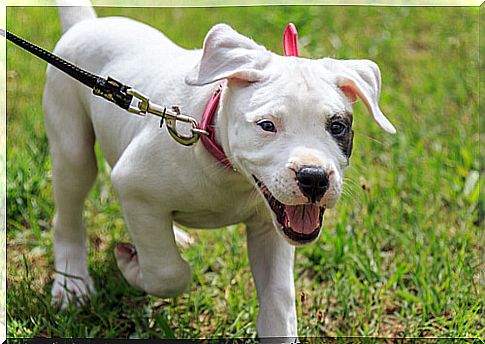
The collar should be used as soon as possible, so that it has time to get used to it, usually starting between two months and two and a half months of age. At the beginning it will annoy him a lot, he will scratch and try to take it off, but he will soon get used to it without too many problems.
There are three types of collars commercially available: those with buckle, those made of chain and those with spikes. Buckle collars are those recommended for puppies less than four months old. The chain ones are ideal for training dogs over 4 months old. Finally, the collars with spikes are used to protect the neck of the animal in case it is likely to be involved in clashes with other animals.
Why do dogs move their tails?
Since the ancestors of the dog were animals that lived in packs, they developed some forms of communication such as body position, different tones of barking, grunting and obviously barking. The tail is one of the most expressive parts of the body, so it can help communicate different messages. Depending on the position of the tail (raised or lowered) dogs communicate friendship, desire to play, aggression or even fear or submission.
